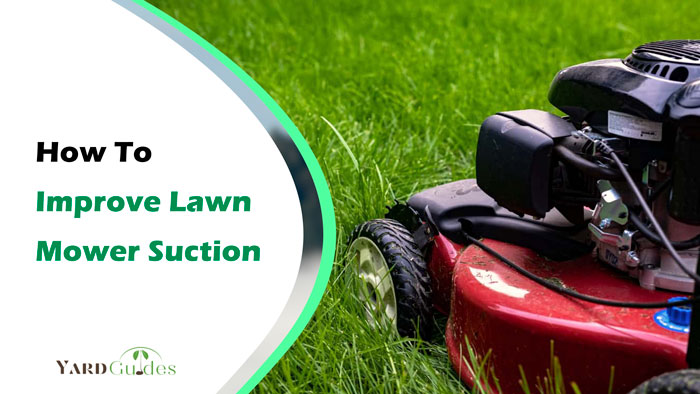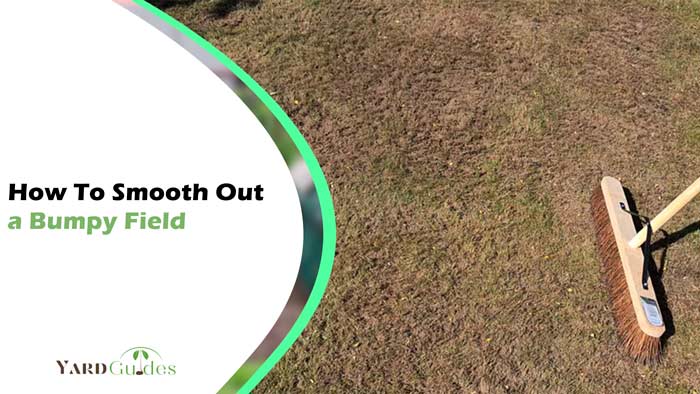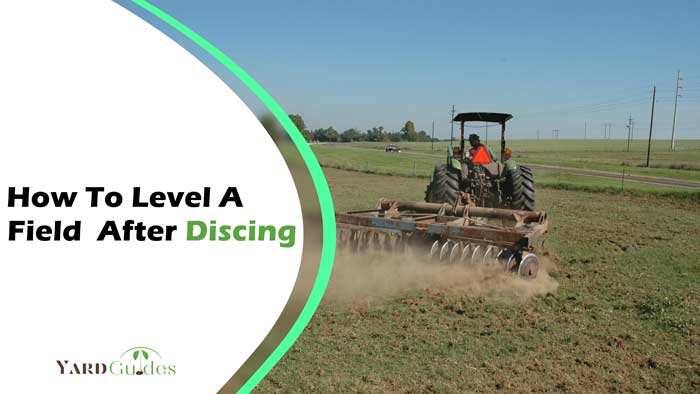Over time, your lawn mower can leave behind a wake of grass clippings in its path. If so, it is an indication that there is an issue with its suction system. So, you should take a look at your suction system improvement.
Wondering how to improve lawn mower suction? You can boost suction by removing debris from the deck and chute, replacing worn blades, or cleaning the air intake and filter. In addition, ensure to adjust the cutting height. Also, mowing the grass when dry can make a noticeable difference.
Read more to learn eight easy steps to improve your lawn mower’s suction and make it run more efficiently. Also, we’ll discuss what causes reduced lawn mower suction in the first place.
How To Improve Your Lawn Mower Suction In 8 Easy Steps
We’ll go over some useful tips to help increase suction in a lawn mower. But before then, let’s look at this lawn mower weak suction troubleshooting chart.
| Possible Cause | Solution |
| Clogged air intake | Clean the air intake |
| Clogged/damaged deck | Hose down or replace the deck |
| Worn-out blades | Sharpen or replace mower blades |
| Improper cutting height | Adjust the height to match the grass type |
| Clogged air filter | Clean or replace the air filter |
| Clogged grass catcher/collection bag | Clean the collection bag screen |
| Plugged discharge chute | Clear the discharge chute of any obstructions |
| Wet grass | Mow when the grass is dry |
1. Clean The Air Intake
The air intake is responsible for providing the necessary airflow to the engine, which in turn creates the suction required to pick up grass clippings and other debris. If the air intake is clogged, it will reduce the airflow to the engine, which will cause the suction to be weaker.
Therefore, ensure you clean the air intake regularly. You can use a stiff brush or compressed air to remove any dirt, grass clippings, or other debris that may have accumulated in the intake.
2. Clean The Deck
Over time, grass clippings, leaves, and other debris can accumulate on the deck, clogging the air passages that help create suction. To clean the deck, turn off the mower and disconnect the spark plug.
Then, use a stiff brush or hose to clean away any dirt that has gathered on the deck. If the deck is particularly dirty, you may need to remove it from the mower for thorough cleaning.
3. Sharpen The Blade
A dull blade cannot cut the grass effectively, reducing the suction power of the mower. The grass clippings will be larger and more difficult for the mower to pick up, which can result in clogging and reduced suction.
For optimum suction power, it is imperative to keep the lawn mower’s blade sharpened on a regular basis. A sharp blade will ensure that the grass is cut cleanly and evenly, making it easier for the mower to pick up the clippings.
Also, replace a straight lawn mower blade with a curved blade. Straight blades often produce less suction.
4. Adjust Cutting Height
The height at which you mow can also impact the mower’s suction power. If the mower is set too low, it will have a harder time picking up grass clippings and other debris. This is because the mower will not have enough clearance to create suction effectively.
On the other hand, if the mower is set too high, it will not cut the grass effectively, which can also reduce the suction power of the mower. To improve the suction of your lawn mower, make sure to adjust the height of the mower so that it is set at the appropriate level for the type of grass you are mowing.
5. Replace The Air Filter
The air filter filters the air drawn into the engine, preventing dirt and debris from entering the engine and causing damage. Over time, it can clog with dirt and debris, reducing the engine’s airflow and the mower’s suction power.
To improve the suction of your lawn mower, it is important to replace the air filter regularly. This is typically done every year or every 100 hours.
6. Clean The Grass Catcher
Cleaning the grass catcher is another step in improving the suction of your lawn mower. A clogged grass catcher will significantly reduce the suction power of your lawn mower. Empty the grass catcher after each use and clean it with a garden hose. Also, ensure the catcher is properly attached to the mower and securely fastened.
7. Check The Discharge Chute
It is where the grass clippings are expelled from the lawn mower. If the discharge chute is clogged or obstructed, it can reduce the suction power of your lawn mower. Check the discharge chute regularly and clear any obstructions.
8. Mow When The Grass Is Dry
Mowing when the grass is wet can make it difficult for the lawn mower to pick up the grass clippings. Wet grass clings together, making it harder for the suction to work effectively. Therefore, cut the grass when it is not wet so that suction power is at its peak.
Issues Arising From Poor Lawn Mower Suction
Mowing is significantly important for your lawn turf. So, you must ensure proper mowing to maintain the growth of your lawn grasses. Poor mower suction can lead to several problems, including-
- Poor cutting performance: If the suction is poor, the mower will not be able to pick up grass efficiently, leading to a subpar cut and an uneven lawn.
- Engine stalling: A lawn mower engine requires a certain amount of airflow to run smoothly. Poor suction can cause the engine to stall or run poorly.
- Overheating: Poor airflow can also cause the engine to overheat, which can be dangerous and damage the mower.
- Grass clogging: If the suction is weak, grass clippings can clog the deck, mower chute, and other mower parts.
- Poor fuel economy: If the mower’s suction is weak, it can cause the engine to work harder to suck in the air, increasing fuel consumption.
Conclusion
Improving lawn mower suction is a simple process that requires regular maintenance and a few simple modifications. These include cleaning the mower’s deck, air filter, discharge, and collection bag. Also, use sharp blades, adjust the cutting height accordingly, and ensure to mow when the lawn is dry.
By utilizing these techniques, you can guarantee that your mower is performing optimally and that your yard appears at its best. Also, it will help you avoid other suction-related issues, such as engine stalling, overheating, clogging, poor cutting performance, and reduced fuel economy.



